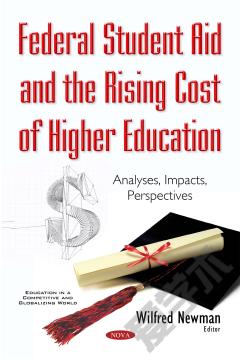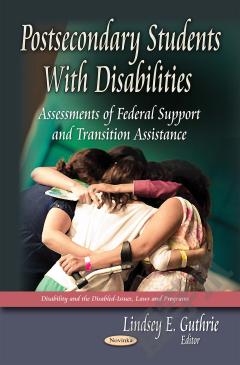Federal Student Aid and the Rising Cost of Higher Education: Analyses, Impacts, Perspectives
College affordability is an issue that has received considerable attention from federal policy makers in recent years as concerns have arisen that a college education may be out of reach for an increasing number of students and families. While there is little disagreement that escalating college prices pose a problem, there is not a consensus about the precise causes for these increases. Among the possible explanations for price increases, one that has surfaced with some frequency in recent years is the notion that the availability of or increases in federal student aid may help to fuel price increases, as institutions seek to capture additional aid rather than stabilize or lower prices. This hypothesized relationship has received a good deal of attention and raised some concerns about the efficacy of federal student aid policies that aim to enhance access and affordability. This book has been undertaken in response to numerous congressional requests to explain what is actually known about the relationship between student aid and prices. In this book, this task is approached first through analysis of trends in prices, examining different measures and concepts of price. This is followed by a brief examination of trends in student aid, and an examination of many of the competing explanations for why prices are increasing. Finally, the book explores what is known about the possible causal relationship between student aid and price increases, principally through a survey of primary studies that attempt to isolate the effects of student aid on college prices.
{{comment.content}}








 京公网安备 11010802027623号
京公网安备 11010802027623号